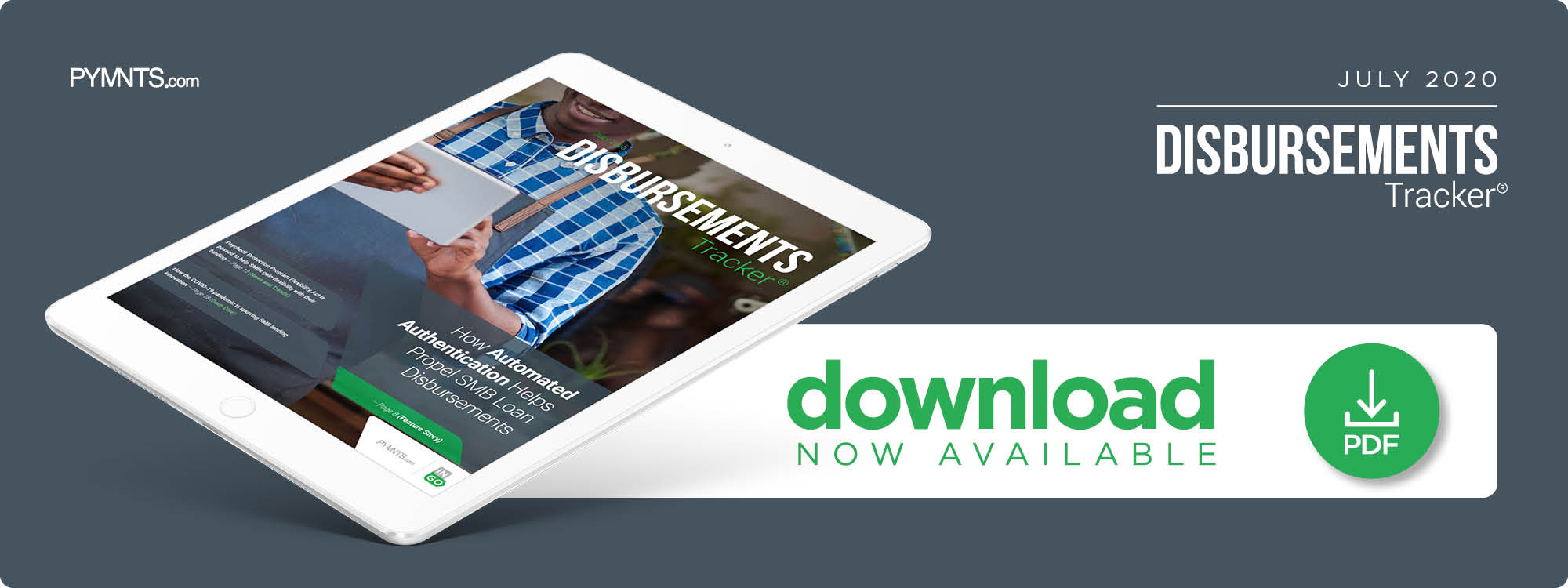The small- to medium-sized business (SMB) lending industry is in a unique position during the pandemic.
Interest in the space has been revitalized due to the harsh financial blows the pandemic has dealt, providing opportunities for SMBs to gain capital and for lenders to facilitate. The challenges that led FinTechs to enter this space after the 2008 financial crisis still persist, however, motivating SMBs to demand their loans from these entities be quick and digital.
Facilitating this support has become critical for lenders during the pandemic, notably those providing access to the U.S. government-supported Paycheck Protection Program (PPP) loans. This importance is especially tangible because many SMBs remain underserved by traditional banks, Kathryn Petralia, co-founder and president of Atlanta, Georgia-based SMB lender Kabbage, explained in a recent interview with PYMNTS.
“Of the 32 million SMBs in the U.S., 90 percent of them have fewer than 20 employees,” Petralia said. “These small businesses are not well-served by large institutions; they do not have lines of credit. It was much easier for banks to provide PPP loans to customers that already had a line of credit because they had already done all the know your customer work on those businesses and it was too hard for them to process that many.”
Enabling digital access to loan applications is just one step in ensuring SMBs can access the funds they need to weather the pandemic. Marrying the security required by the U.S. Small Business Administration (SBA) with the instant funds access that SMBs facing financial downturns need is a top challenge for today’s lenders.
Advertisement: Scroll to Continue
The Speed and Security Balance
This challenge is in some ways familiar for Kabbage. The FinTech supports a number of different disbursement methods — all digital — for clients searching on its site for loans outside of the PPP program, including automated clearing house (ACH), debit card push payments, wire transfers and disbursements to PayPal-supported online wallets. All Kabbage PPP loans are disbursed through ACH payments, Petralia explained, which provide the speed SMBs need. Kabbage is now the fourth-largest lender active in the program.
“Because we are serving customers with lots of different accounts at lots of different banks, ACH made the most sense for us,” she said. “Plus, it allowed us to mitigate fraud risk because we could verify the [SMBs’] ownership of that account.”
Ninety percent of the SMBs that turned to Kabbage for the loans were new customers, Petralia said, which means they needed to be quickly verified as legitimate before they could access the funding. ACH therefore beat out other online methods as the disbursement form of choice for the program, she explained. The method distributes loans in about 24 hours, and Kabbage’s average PPP loan hovered around $13,500.
“Wires are manual, so that is not really as ideal, and [too] few SMBs have an active PayPal account [to make] that worthwhile,” she said. “It was really important for us to standardize the process and, again, that identity verification piece is really important. The SBA is very concerned about fraud.”
It is with authentication that traditional banks can struggle to match alternative lenders’ digital disbursement capabilities. Developing systems that can approve loan applications online as well as conduct know your customer (KYC) or know your business (KYB) verification quickly is essential, and legacy infrastructure and technologies can prove to be a significant disadvantage.
Speeding Disbursements With Automated Authentication
Many SMBs headed to their primary banks first before turning to alternative lenders but found themselves either waiting for clarity from their financial institutions (FIs) or going to great lengths to be fully verified. Properly identifying SMBs as legitimate is clearly a critical aspect of disbursing both PPP and other SMB loans, and delays in the process mean businesses must wait for funds.
Using automated tools to aid in the identity verification process is one way to bring that speed, Petralia said. These tools can also help lenders personalize their services for smaller businesses with more specific needs as automated technologies can more quickly ascertain if potential clients are legitimate before loans are approved.
“I think that is one of the reasons the banks had such a hard time serving these small businesses — because they had not automated their KYC, KYB,” she said. “It was going to be really hard for them … to do an automated KYC, KYB check on tens of thousands of really small businesses.”
The need for automated tools also appears to indicate that traditional banks are still shaking off legacy infrastructure that makes swift authentication difficult to achieve. Lenders must therefore reconsider making the entire lending process fully digital — from the initial application down to the final disbursement of funds — to fully and properly support today’s SMBs.





